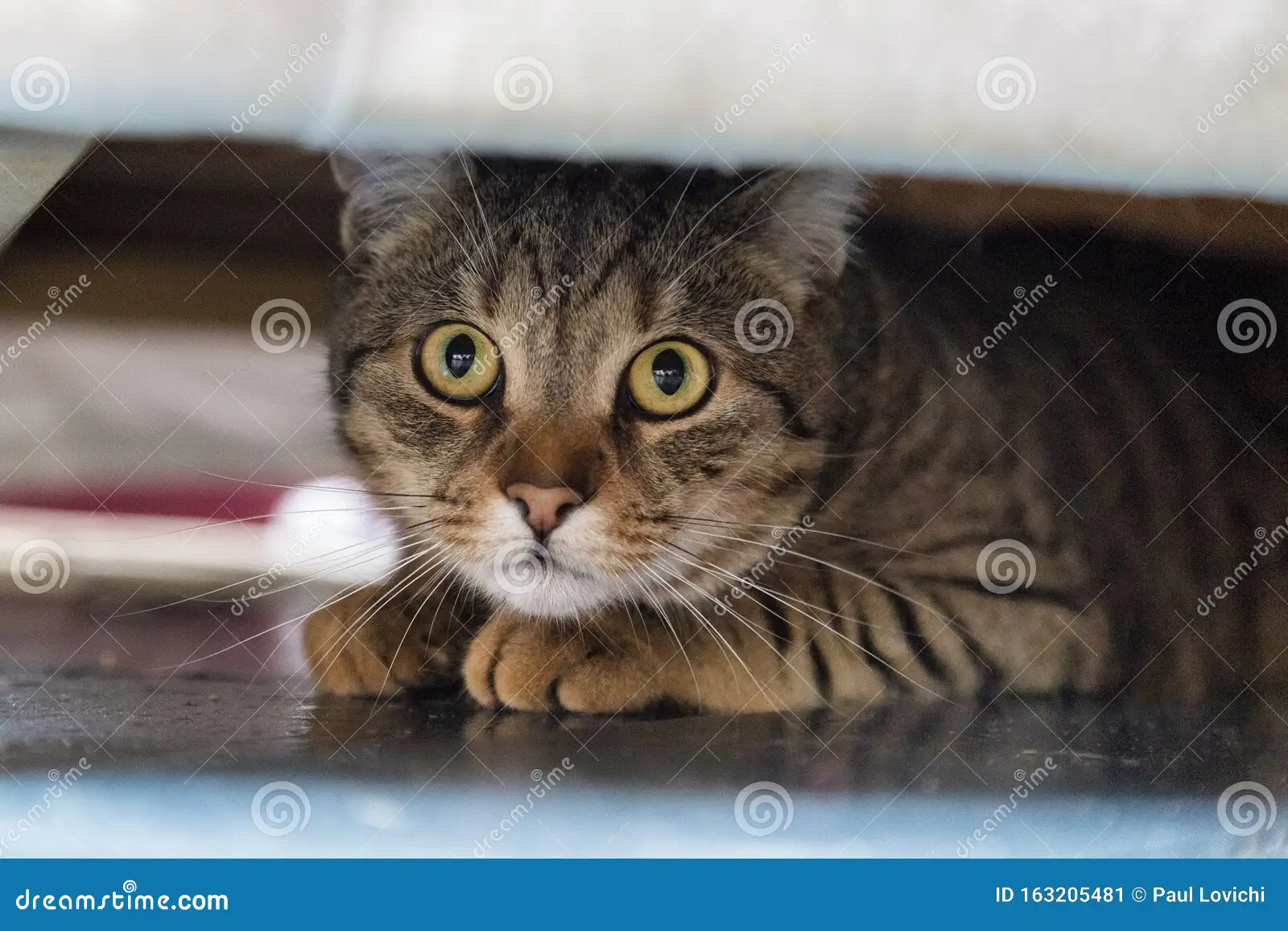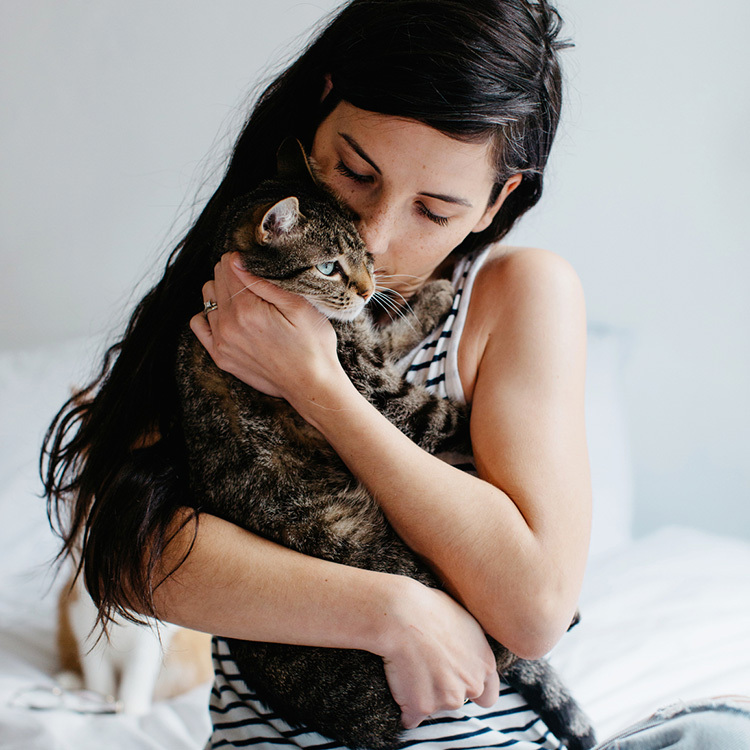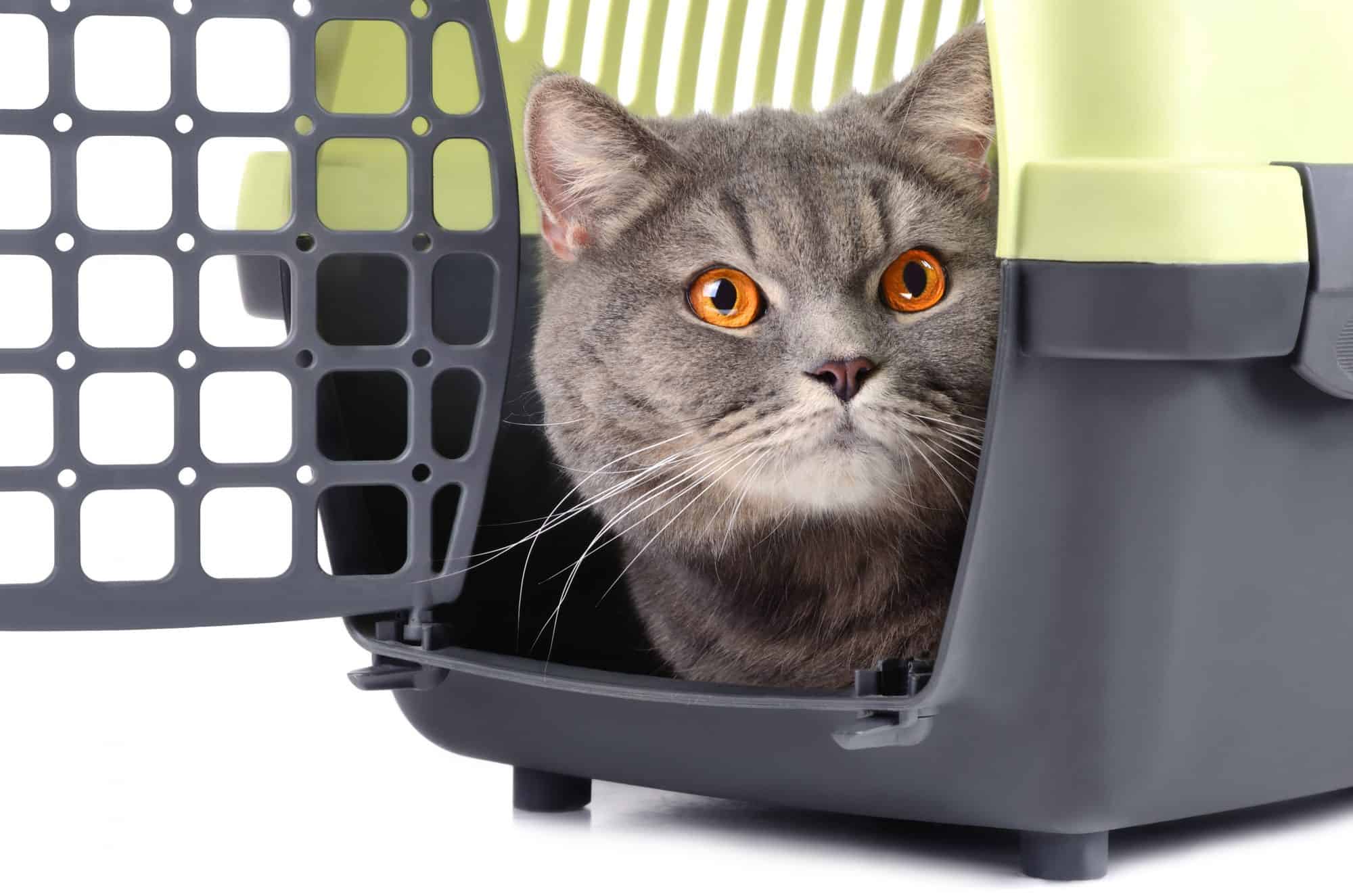The Secrets to Successfully Socializing Your Cat
Socializing your cat may seem mystifying at first. How do you get them comfortable with new things when their instinct is to hide or react fearfully? The key is to make the unfamiliar seem pleasant and non-threatening. There are proven techniques to make this happen.
Go At Their Pace
This is the number one rule.
Rushing contact or flooding them with stimuli will backfire. Let them warm up on their timeline. If they seem relaxed and curious, offer treats and praise. If not, try again later in smaller increments.
Use Plenty Of Positive Reinforcement
Food treats, catnip, praise and gentle pets
should heavily reinforce any instance where your cat displays calm, friendly investigation
rather than aggressive or fearful reactions to something new. You want them to associate novelty with good things happening through cause and effect.
Start Small and Build Up Gradually
Throwing your unsocialized cat into a busy dog park right away will go poorly. However, letting them watch dogs for brief periods through a window first, then cautiously meet another cat, then a calm dog on leash over multiple sessions gets them comfortable slowly. Take measured steps.
Try Feline Pheromones
these synthetic facial pheromones mimic chemicals cats produce to comfort themselves. Lightly spraying some on bedding, carrier or clothing can lessen distress when encountering new challenges until confidence builds.
While each cat learns at their own pace, following these basic principles persistently but gently will socialize kittens and adult cats alike. Proper socialization relieves many problem behaviors stemming from fear and anxiety. Invest time upfront and you’ll reap the rewards of a happier, better-adjusted cat.

Why Bother Socializing Your Cat?
You may wonder why socialization matters so much for your cat. Here are some of the key reasons to put in the effort:
Lessens Stress and Fearful Behaviors
A properly socialized cat who feels secure with new people, environments, and stimuli is less likely to hide, act aggressively, stop using the litter box, or engage in other worrying behaviors when something changes.
Makes Vet Visits Less Stressful
Vet visits can seem terrifying for an unsocialized cat who associates their carrier and the vet’s office with fear due to a lack of positive associations. A well-socialized cat handles vet visits much better.
Allows Peaceful Coexistence with Other Pets
Cats are often anxious around other animals if not socialized. Hissing, swatting, scratching and other aggressive behaviors typically stem from fear more than anything else. Socialization allows them to stay relaxed and friendly when meeting other pets.
Enables Cats to Better Handle Changes
From moving homes to adding a new family member or baby, life brings inevitable changes. An unsocialized cat has a much harder time adjusting without stress. Socialization gives cats resiliency.
The socialization window is critical for cats, especially when they are kittens…

Critical Socialization Periods for Cats
The most important socialization period spans from 2-7 weeks old, with additional socialization needed until 16 weeks old. Kittens who encounter all sorts of people, animals, sights, sounds, and stimuli during this stage typically become friendly, confident, well-adjusted adult cats.
Fear Imprint Periods: 8-11 Weeks Old
Kittens tend to go through fear imprint stages around 8-11 weeks where frightening or painful experiences get ingrained much more strongly. Because of this, socialization should remain gentle and positive during this time.
Socialization Should Continue into Adulthood
While starting young is best, adult cats benefit greatly from continued socialization as well. It just may progress more slowly depending on their history. But be patient, use rewards-based training, and even previously unsocialized cats can make great strides.
When exposing your cat to new stimuli, environments, other animals and people, make sure to go at their pace…

Safely Exposing Your Cat to New Things
As prey animals, cats can be inherently fearful and wary of anything new. Take introducing novel things slowly. Here are some tips:
– Go at Your Cat’s Pace
Never force interactions. Let your cat sniff, hide, acclimate on their terms before advancing contact.
– Use Positive Reinforcement
Give treats, verbal praise and pets when your cat displays calm curiosity rather than fearful body language like ears back, puffed fur or hiding. This teaches them new stimuli are positive.
– Start with Quiet, Calm Environments
Don’t overwhelm your cat. Have visitors enter quietly, TV/music off initially. Once comfortable, add more noise.
– Introduce Novel Things Gradually
Don’t ambush your cat with everything new at once or keep trying the same thing over and over if they remain frightened. Build up contact over multiple brief sessions.
Meeting new people is part of the socialization process. Use these tips when introducing visitors:

Socializing Your Cat with People and Other Animals
Expanding your cat’s social circle should be done carefully to prevent fearful reactions. Here’s how:
– Have New People Offer Treats/Toys
This helps fearful cats associate visitors with good things rather then seeing newcomers as scary.
– Gently Rub Cat Then Let Other Pet Smell
Passively transferring smells helps familiarize pets with each other in a non-confrontational way at first.
– Exchange Pet Blankets Between Cats/Dogs
Let them gradually get accustomed to the other animal’s scent so initial meetings aren’t such a shock.
– Supervise All Early Interactions
Monitor all behavior closely. At the first unfriendly signals, calmly separate the animals and try again after a break. Never discipline fearful reactions.
Car travel is part of socialization too, from short trips to the vet visits. Make them more tolerable for your cat through these methods:

Socializing Your Cat for Car Travel and Vet Visits
Car travel and trips to the veterinary clinic provoke anxiety in many cats. Try these tips for less stressful visits:
– Take Your Cat On Short, Positive Car Rides
Drive through the driveway, around the block and back before venturing farther as your cat adjusts. Bring treats!
– Use a Secured Carrier and Leave It Out
Let your cat investigate it comfortably filled with cozy bedding and treats instead of only at vet time.
– Bring Your Cat to the Clinic for Treats/Pets Only Initially
Have vet staff give treats/gentle pets so the clinic isn’t paired only with exams or shots.
– Lightly Spray Carrier With Feline Facial Pheromones Before Visits
These synthetic cat-produced chemicals have a calming effect.
For confident felines, going outdoors with a leash and harness opens a whole new world. Use rewards-based training:

Socializing Your Cat for Leash Walking
The key to successfully leash training your cat is taking things very slowly:
– Introduce the Harness in a Positive Way With Treats
Allow them to inspect, lick, play with it so they don’t see it as scary.
– Next Have Them Wear It Briefly While Getting Treats
Keep sessions extremely short then gradually extend wear time.
– Only Attach the Leash Once Comfortable in Harness
Let them drag it initially. Finally, pick up leash and walk 1-2 steps at a time to start.
Proper handling teaches cats that being touched is pleasant. Use rewards:

Socializing Your Cat for Grooming/Handling
Desensitizing cats to being touched often requires socialization exercises like:
– Frequently Handle Paws
This prevents nasty scratches when trimming nails later. Reward cooperating with nip or pets.
– Use Licking Treats and Start Slowly
Apply small amount of squeeze treat to coat then brush briefly while they lick before getting more.
– Train With Nail Clip on Turned Off
Let them hear, feel and play with unplugged clipper near their paws first.
– Keep Sessions Short
Gradually extend handling as your cat relaxes. Quit if they become agitated.
Environmental enrichment aids socialization too. A stimulating habitat makes for a more secure, adaptable cat:

Enrich Your Cat’s Environment
Cat trees, electronic toys and more create opportunities for your cat to build confidence exploring new objects and honing natural behaviors.
– Offer Sturdy Cat Trees Near Windows
They’ll spend hours watching “cat TV” outside from this perfect vantage point.
-Provide Interactive Toys That Move/Light Up
Electronic toys that turn on/off randomly when batted give mental and physical stimulation.
– Rotate Toys Frequently
Prevent boredom from the same things by regularly changing what’s available so novelty remains.
FAQs
Why socialize senior cats or adult strays? While ideal socialization happens young, cats of any age benefit behaviorally and psychologically from positive contact with new things. Go slowly and use rewards.
What if my cat hates carriers? Look for underlying fear and work to systematically countercondition while very gradually desensitizing them to carriers through ample treats, praise and positive associations.
How do I properly introduce 2 cats socially? Proper scent swapping, meal feeding on opposite sides of a door and supervised interactions will help them build healthy bonds. Let them set the pace.


